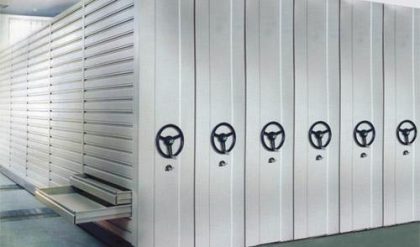Presentation drawings
Presentation drawings are used to present, communicate and validate an idea and/or scheme. This is often helped by using such presentational methods such as shadows, textures, people and vegetation for example, that are often delivered via the CAD programmes library.
The aim is to show how the spaces created might be used and what they may feel like to occupy, so demonstrating light, scale, and atmosphere are often important.
Survey drawings
Survey drawings are often the first type of drawing an architect or designer will work and engage with, and represent a measured and accurate record of the existing site and the buildings occupying it.
This helps the architects to identify existing site levels and features that can be adopted, removed or altered.
Record drawings
Record drawings are made by architects to understand existing projects. For instance, in the renaissance period, architects would create record drawings of buildings that remained after the Greco-Roman civilizations. They then use these drawings to influence their own designs and projects.
Working drawing
Working drawings refer to all the drawing sets used in the construction process. These may include the architect’s drawings as well as the engineers and other consultants. Working drawings include location drawings, assembly drawings and component drawings.
Location drawings detail floor elevations, sections, and floor plans, showing the location of all construction elements.
Assembly drawings reflect how the different parts fit together. The drawings might detail how the layers fit with the structural elements and how the edges and prefabricated components are interconnected.
Components drawings show how self-contained elements like windows and doors can be fabricated and installed.
The drawings also detail larger components like roof trusses, kitchens and joinery for example, and form a type of instruction manual during construction.
In the past, architects would combine location drawings, assembly drawings and component drawings all in one sheet. That was possible because building techniques were less detailed. However today modern buildings are much more complex and detailed, so architects have to isolate all these types of working drawings on separate sheets.




